Personality and Temperament
A thick, luxurious coat is only one of the wonderful qualities of the Persian cat. Persian cats bring joy to their families because of their loving personalities and gentle yet playful antics.
If you're looking for a cat that isn't into impressive displays of athleticism, the Persian might be the perfect breed for you. These cats love to lounge, particularly after they reach adulthood. Perhaps that's why some people call them furniture with fur. Don't be fooled by this reputation, though. These cats do exhibit a playful streak, particularly when their people are interested in joining the fun.
Not prone to excessive mischief, Persians are quiet and well-behaved pets. They aren't into opening drawers and cupboards like their Oriental cousins, and unlike some other breeds such as Siamese and Savannahs, Persians usually don't like walking on leashes and playing fetch. However, they are intelligent cats, capable of learning your routine, greeting you, and of course, curling up for snuggles as part of a daily routine.
Even though Persians are expert-level cuddlers, they are not terribly demanding. If you're looking for a cat that is happy to nap while you're gone, and will cheerfully accompany you through your evening routine, you'll definitely want to give thePersian a second look.
Last but not least, despite having something of a frou-frou reputation, Persians make excellent family pets. They have the ability to get along well with children, other cats, and even dogs.
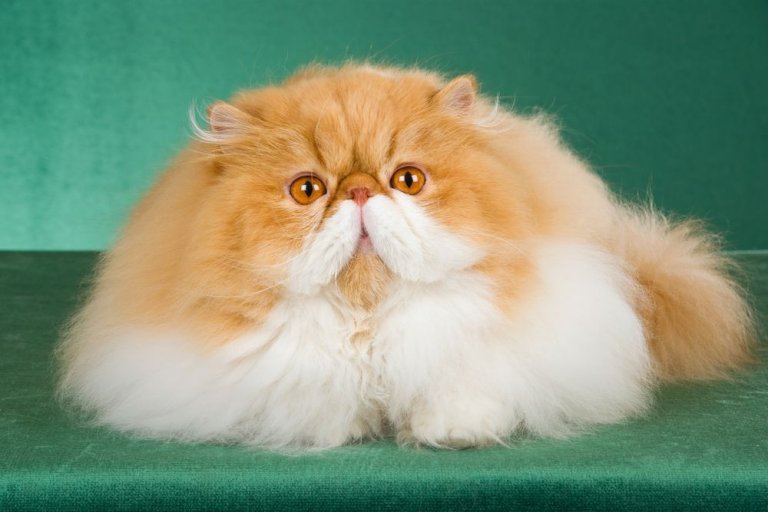
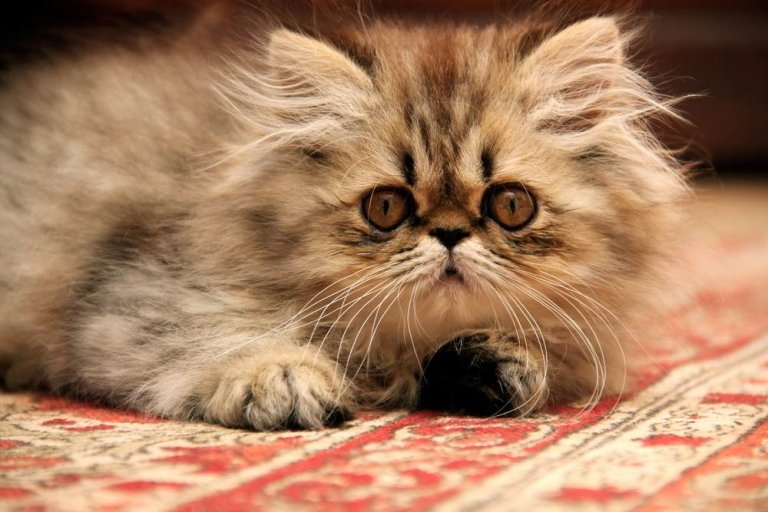
Care
Nutrition
Grooming
Exercise
Health
Because Persian cats have a tendency to suffer from obesity, it's vital to offer them a high-protein, low carbohydrate diet that relies on real meat or fish as the main ingredient. Consider choosing a food that contains added Omega fatty acids to support skin and coat health.
The Persian cat requires daily grooming sessions to prevent tangles that could eventually form painful mats in its ultra-fine undercoat. Brushing and combing a Persian cat is no simple task. It's vital to comb down to the skin and not just brush along the top of the coat or you might miss tangles. This process is time-consuming, so some Persian cat owners opt to have their cat's bellies shaved or clip the entire coat into a lion trim for easier maintenance.
Persian cats also have facial folds that require cleaning once or twice per day, depending on whether the cat is prone to a lot of eye discharge. In addition, brush your Persian cat’s teeth daily, and trim the nails every few weeks.
Persian cats need exercise, but take care not to overdo it, especially in warm weather. Have fun playing with feather wands and lasers, but watch the pace of play and take a break if your Persian cat starts panting or suffering from shortness of breath.
Persians appreciate cat towers and window shelves that offer them a good view of everything that's happening in the household and neighborhood, and they like to sink their claws into scratchers, too. Just like other cats, Persians love to play with toys including catnip mice, interesting balls, and little stuffed animals.
The Persian is a brachycephalic cat breed, which means it has a push-in face. With the Persian's flattened face come some known health issues, including shortness of breath and overheating during exercise or in warm temperatures. Other health issues associated with flat-faced breeds are an elongated soft palate, narrow trachea, stenotic nares, and everted laryngeal saccules. Persian cats are also prone to allergies, which is a common issue for all brachycephalic cat breeds.
Other known Persian health issues include frequent eye injuries, dental disease and malocclusion (crowded and misaligned teeth), cancer, hypertrophic cardiomyopathy, and polycystic kidney disease (PKD). PKD is an inherited disorder that is highly prevalent in the Persian breed as well as related breeds like the Himalayan and Exotic Shorthair. Luckily, a genetic test is available so breeders can avoid passing this devastating disease on to future generations of kittens.
History
The Persian is an ancient breed, with a history that spans thousands of years. These cats—or cats with a similar appearance—can be seen on hieroglyphics that date back to approximately 1684 BC. However, the exact origins of the breed are unknown since we have no written history this far back.
Sometime during the 1600s, an Italian composer and adventurer named Pietro della Valle described Persian cats from the Khorazan region of Persia, noting that most had long, silky, gray coats. His manuscript, known as Voyages de Pietro della Valle, mentions that the cats made their way to Persia from India with Portuguese travelers.
With frequent travel came additional imports: both Persian and Angora cats made their way to France and England. In England, they were called French cats and they quickly gained popularity for their unique appearance and friendly personalities.
By the 1900s, Persian cats—then known as Persian Longhairs or simply as Longhairs—outpaced Angoras in terms of popularity, perhaps because Queen Victoria had two blue Persians and people of the day were heavily influenced by the Queen's personal tastes.
Today, Persians are renowned as North America’s most popular cat breed. The Persian is recognized by cat breed registries worldwide.
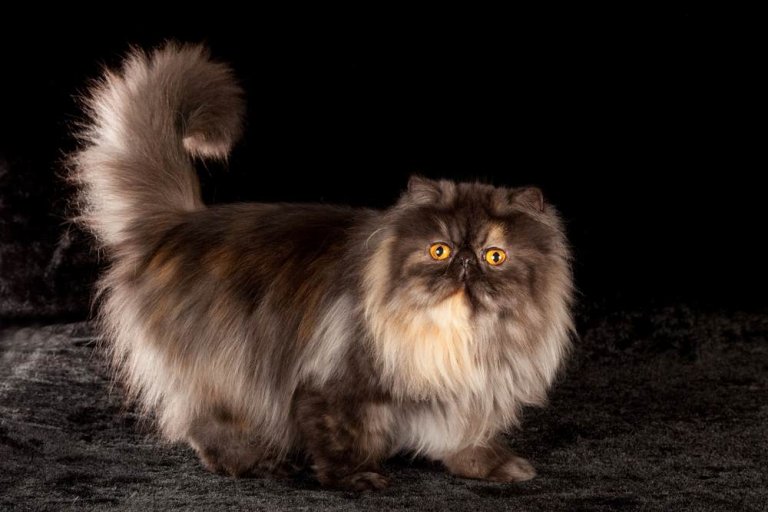
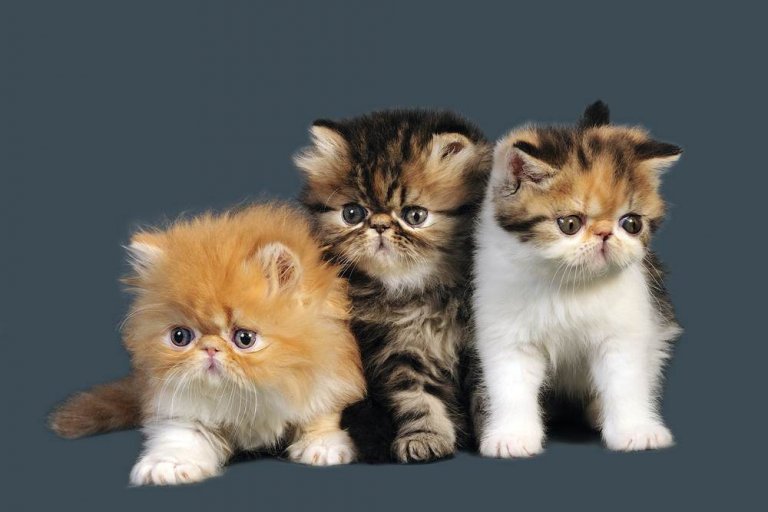
The Breed Standard
Eyes
Legs & Paws
Tail
The Breed Standard
Body
Head
Ears
Coat
Color
FAQ
How much does a Persian cat cost?
Persian cats cost between $1300 - $3000.
How big do Persian cats get?
Persian cats tend to be medium in size. A fully grown Persian cat might weigh between 8-15 pounds or more and range in height anywhere from about 8"- 10" inches tall.
How long do Persian cats live?
The Average lifespan for Persian is 14-15 years.
Do Persian cats shed?
Persian are long-haired cats, so you do have to expect a certain amount of shedding from this breed, but they don't shed as much as other cat breeds.
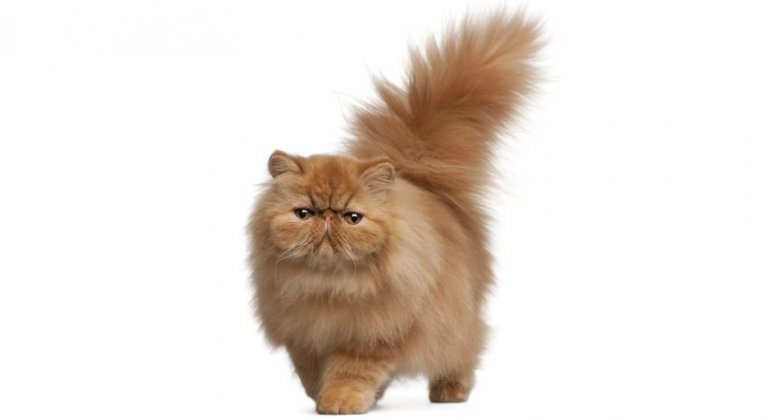
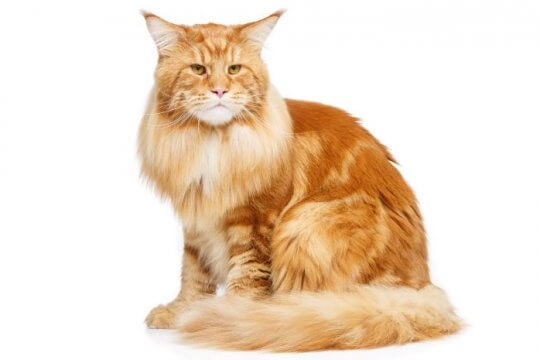
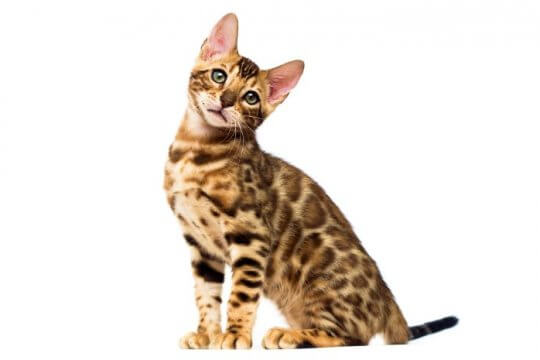
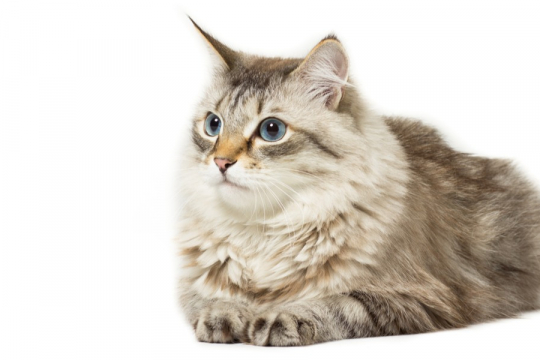
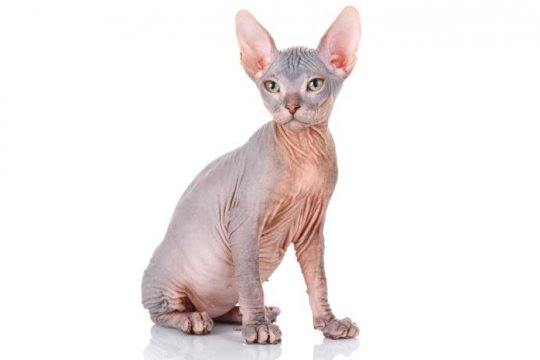
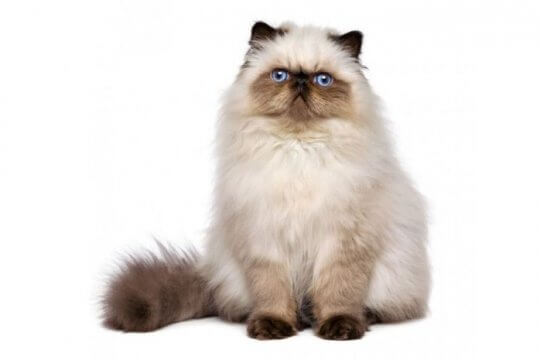
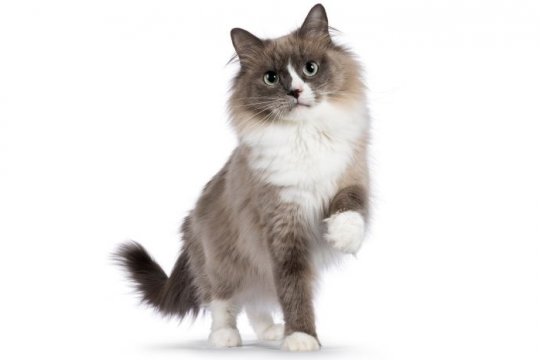
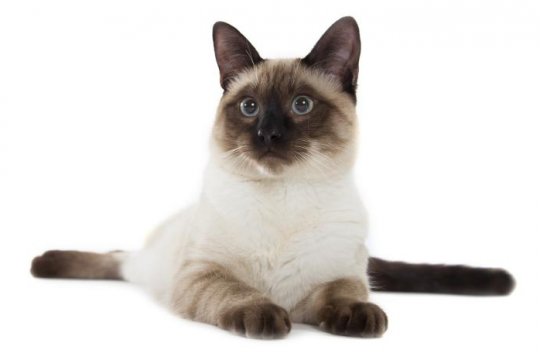
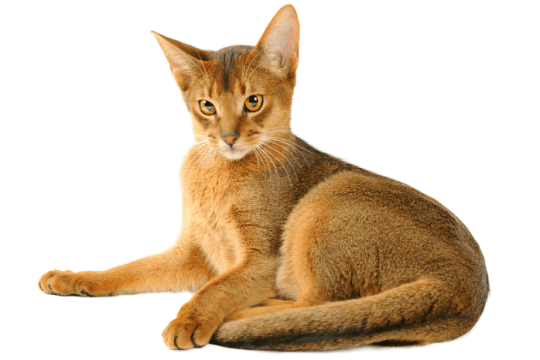
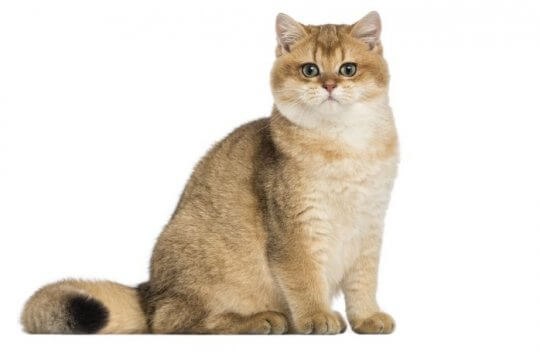

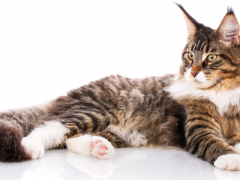

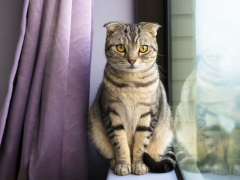






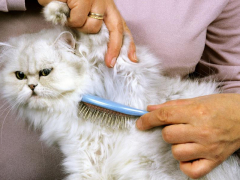
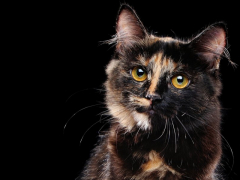
My kitties breath smells like catfood
That’s very common! As long as you’re brushing your kitty’s teeth and taking them in for regular dental cleanings, a little cat food smell after meals isn’t a problem.
Is it possible to get a baby Persian cat? I would like to get one for my little sister.
Thank you, and I anticipate your kind response.
Hi Muhammad, thanks for the message. Of course, it’s possible to get a baby Persian cat—you’ll most likely need to find a breeder in your local area. I’m not sure where you live, but if you’re in the United States, Canada, or Australia, this tool may help. Try searching “persian kittens near me” on Google to find better location-specific results.
Thak you Mallory.
Is a 20” long litter box going to be large enough for an adult male Persian? He’s a kitten now, but I’m thinking of making a substantial investment in a litter box.
Yes, that’s quite a big litter box! I think it would be just right.
Thank you, Mallory!
i hate this web site
I’m sorry to hear that. Let me know if there’s anything I can do to change that.
I found this Website was very informative.
Glad to hear it!
Rude! I happen to like the information about cats on this website!
I’ve just discovered this website and have been enjoying it for hours today. thank you for the quality photos and info!